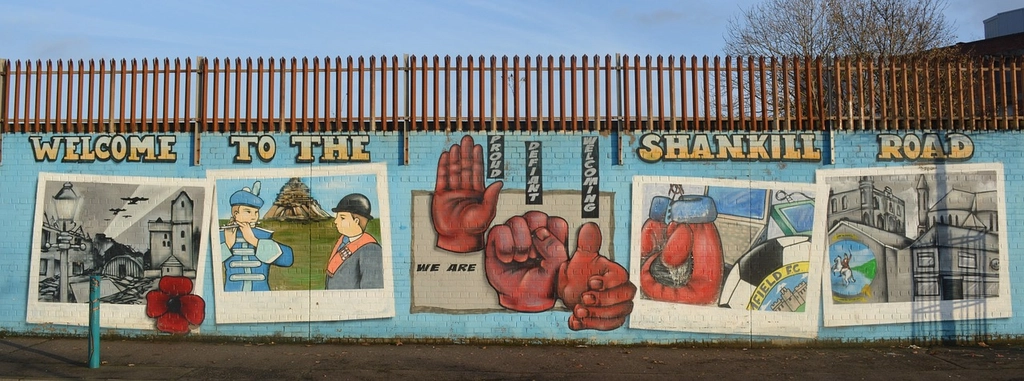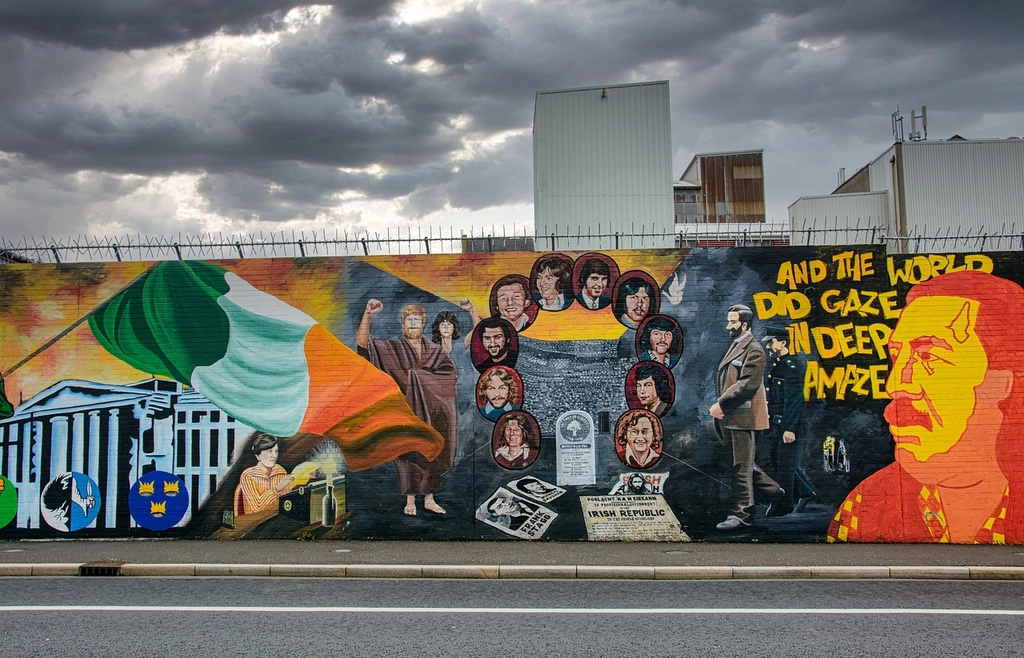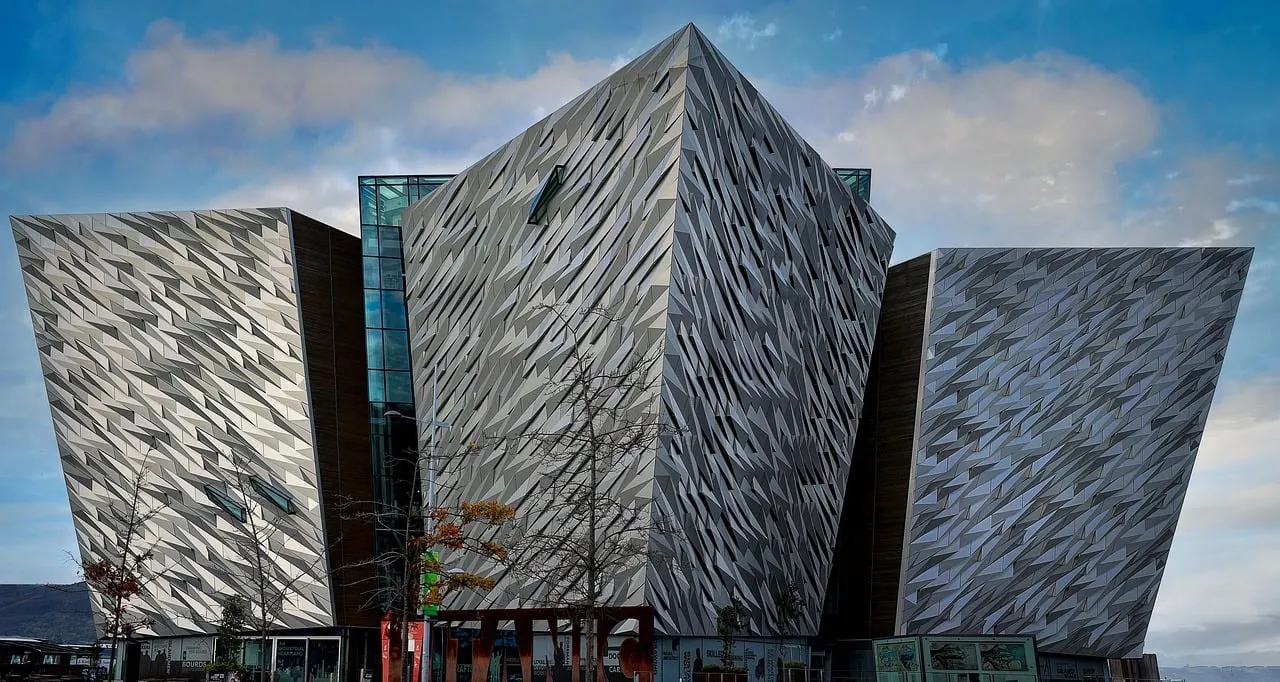Belfast, Northern Ireland's capital city, is a vibrant metropolis that perfectly blends its rich industrial heritage with modern culture. From the historic Titanic Quarter to the bustling Cathedral Quarter, Belfast offers visitors a unique glimpse into both its past and present.
Must-See Attractions
The Titanic Experience
Adult Ticket: £24.95 | Child Ticket: £11 | Family Pass: £62
One of the most popular attractions in Belfast is the Titanic Belfast Museum. This state-of-the-art museum tells the story of the Titanic, which was built in the city's shipyards in the early 20th century. Visitors can learn about the ship's construction, its fateful maiden voyage, and the legacy of the disaster that has captivated the world for over a century.
Book Tickets & Further Information
The Cathedral Quarter
For a taste of Belfast's history, visitors can take a stroll along the cobbled streets of the Cathedral Quarter, which is home to some of the city's oldest buildings and landmarks, including St. Anne's Cathedral, the Albert Memorial Clock Tower, and the historic pubs of Hill Street.
The Troubles

Belfast's turbulent past during 'The Troubles' era has left a lasting impression on the city, and it's impossible to ignore the physical reminders of the conflict that are still visible today. It has been two and a half decades since the official end of the troubles in Belfast, yet the divide in Northern Ireland's capital remains evident to this day, as visitors can discover for themselves when they visit the Peace Wall.

It is important to note that over 3,500 individuals lost their lives, with half of those deaths occurring in Belfast. The city is now home to at least 40 walls that divide neighbourhoods predominantly occupied by unionist and nationalist communities. When combined, the walls run for almost 30 kilometers throughout the city, with the most recognizable being the Peace Wall that separates the Falls and Shankill Roads in the western part of Belfast.
You can visit these neighbourhoods either on a self-guided or organised tour. If you visit them on your own, its better to take care and go in the day time as they are sometimes in what could be regarded as the ‘less safe’ parts of town.
Organised Tours
Crumlin Road Gaol (jail) run a tour, which includes a trip around the jail. The tours lasts around 3.5 hours and costs £25 per person. More details here.
Donna Fox Tours also run a guided walking tour, in English or French. Also at £25, tickets and more info here.
DC Tours offer a couple of different walking tours, either ‘A History of Terror’ or ‘The Best of Belfast’. Both cost £20. Tickets and more info here.
Getting Around
By Air: Belfast has two airports, Belfast International Airport and George Best Belfast City Airport. Both airports have connections to major cities in the UK and Europe, with airlines such as British Airways, Ryanair, EasyJet, and Aer Lingus flying in and out daily. The airports are well-served by buses, taxis, and car hire companies, making it easy to get to and from the city center.
By Sea: Belfast is also easily accessible by ferry, with regular sailings from Liverpool and Cairnryan in Scotland. The Stena Line and P&O Ferries are the main operators, with daily crossings and comfortable onboard amenities. Once you arrive at the ferry terminal, you can take a taxi or bus into the city center.
By Land: Belfast is well-connected to the rest of Ireland and the UK by road and rail. The M1 motorway connects Belfast with Dublin, and the A1 road connects Belfast with Newry and the Republic of Ireland. Belfast Central Station is the main railway station in the city, with regular services to Dublin, Cork, and other major cities in Ireland. Translink is the main bus and train operator in Northern Ireland, offering convenient and comfortable services for travelers.
Events & Festivals 2025
Cathedral Quarter Arts Festival
What is it: Vibrant arts festival showcasing music, comedy, theatre, literature, and visual arts.
Dates: May 1-11, 2025
Location: Belfast, Co. Antrim
Website/Booking: https://cqaf.com/
